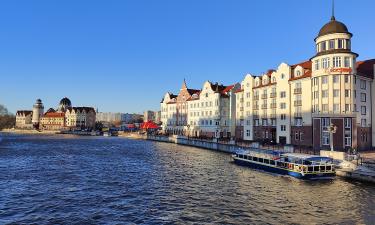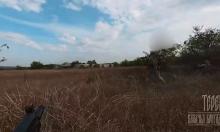Venerable vineyards to face competition
The venerable vineyards that boast the right to produce real French champagne may be facing competition as global demand grows.

France's agency in charge of food and drink quality is looking into expanding the strictly defined area where champagne is made, amid growing global demand for its prestigious bubbles - and confined capacity in an industry with €4.1 billion ($6 billion) in sales last year.
"Production is reaching a limit," said Daniel Lorson of the Champagne Growers Committee. "We are almost entirely covered in vines."
Like everything involving France's treasured "terroir," or wine-growing areas, such a move will require extensive study and probably involve dragged-out debate. If the expansion plan gets the go-ahead, it will likely be 2015 before new champagne hits the supermarket shelves, Lorson said.
But a group of government-commissioned researchers has already taken the first step.
For 18 months, a geographer, historian, geologist, agricultural engineer and plant biologist prodded soil in potential new champagne zones, questioned vintners and sampled their wares.
Last month, they submitted their report to the National Institute for Origin and Quality, or INAO, said Eric Champion, the institute's representative in the Champagne region. In February, the institute's national committee will decide whether and crucially, by how much - to expand the authorized champagne territory.
Currently, that territory covers about 35,000 hectares (86,500 acres) - nearly six times the area of Manhattan - in the plains and rolling hills of eastern France. The area was determined by a 1927 law taking into account sun exposure, soil quality and groundwater levels. Only wine made from grapes grown within that territory can officially be called champagne.
In recent years producers have gradually expanded their planted area and currently grow pinot noir and chardonnay grapes for champagne on more than 32,000 hectares (79,072 acres), according to the Champagne Growers Committee.
"We cannot expand much farther as it is," Lorson said.
The researchers' findings remain confidential. Champion said only that any newly approved territory would be adjacent to existing champagne land.
Global warming, which has already shaken up the wine industry worldwide, is also complicating the researchers' lives. As they investigate new territory, they have to project what the climate could be in another generation or more.
Champagne producers have long pushed for more space. Plots are squeezed together, with vines of Moet and Chandon pinot noir facing off less a meter (yard) away from the competing grapes of Veuve Cliquot.
Large champagne houses are enjoying booming demand from a growing class of nouveau riche in countries such as China and Russia allured by the prestige of real-thing French champagne. As other French wines have suffered competition from New World rivals, French champagne production has grown, reaching 357 million bottles last year.
Smaller houses, however, are more cautious. Marie-Paul Cheval-Gatinois, whose family has been in the business for 11 generations, has expressed concern that the "new" champagne retain the drink's exclusive, exceptional quality.
If the plan is approved, the INAO would start parceling out new plots in 2009. The new champagne would need to meet strict quality controls before it could be marketed.
That may take a long time. A previous effort to revise champagne territory delineations, launched in 1951, took 25 years.
Subscribe to Pravda.Ru Telegram channel, Facebook, RSS!




